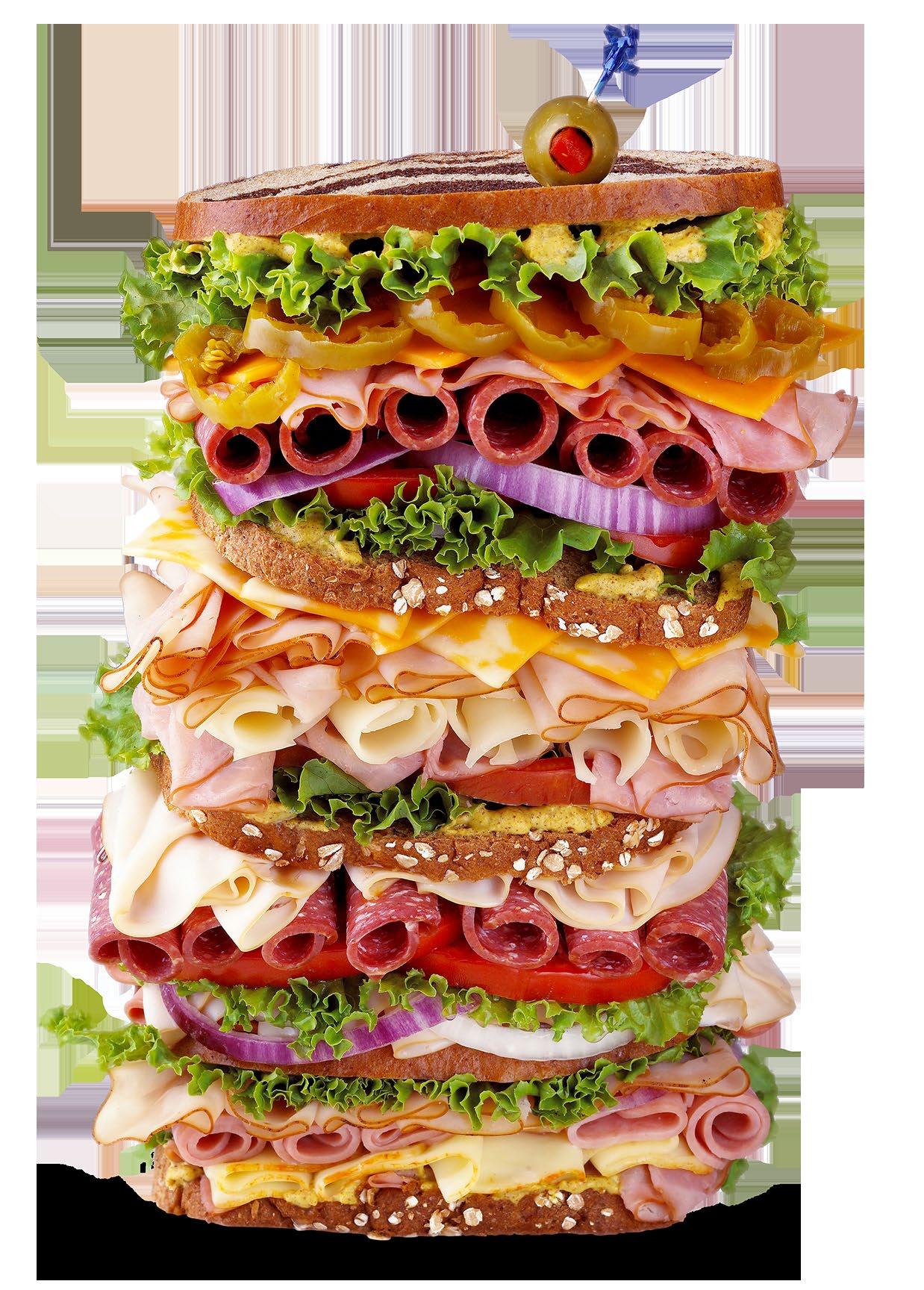Food and Beverage



2023 has presented its fair share of challenges—as food and beverage companies well know. But rather than fixate on the obstacles we’ve encountered in the past 12 months, sector leaders are getting ready for whatever is coming next.
› What trends and developments will impact the food industry in 2024?
› How are food and beverage companies preparing for change?
› Are they confident they can continue to grow in a challenging market?
To answer these questions, Aptean surveyed more than 100 food processors, manufacturers and distributors in the UK and Ireland. Read on to discover our key findings.
We surveyed
111
Total Respondents
30 Processors, 30 Manufacturers, 28 Distributors, 23 Undeclared / Other
Job Role
Representatives from multiple sub-industries including:
› Agriculture
› Alcoholic drinks
› Animal food
› Animal/meat processing
› Bakery / baked goods
› Dairy products
› Flavourings, sauces, dressings and spices
› Fruit and vegetables
› Snack food
› Soft drinks
› Sugar and confectionery products
It’s been another difficult year for the food and beverage industry. Companies have faced rising inflation, higher operating costs and fluctuating material availability while trying to meet constantly evolving consumer preferences. Despite this, most organisations remain confident about their 2023 performance and will carry that growth mindset into 2024.
81% of the UK and Ireland food and beverage processors, manufacturers and distributors that Aptean surveyed said they expect to generate more revenue in 2023 than the previous 12 months. Meanwhile, 84% expect to increase profit.
39% Rising inflation / material prices
32% Higher operating costs
29% Changing consumer demands and preferences
26% Material / ingredient availability
For food processors, manufacturers and distributors, instability is reality. The industry hasn’t enjoyed a "normal" year since 2019, so companies are now accustomed to constant change—and they’re more agile as a result.
Already, we’re seeing industry leaders pursuing initiatives that will help them to drive growth in an adverse climate. For example:
› Kellogg Company has spun out its snacking and cereal arm into a separate organisation named Kellanova, dedicating more resources to this fast-growing part of its business.
› Campbell Soup just made its biggest acquisition in five years, buying Sovos Brands to add pasta sauces, frozen pizza and yogurts to its portfolio.
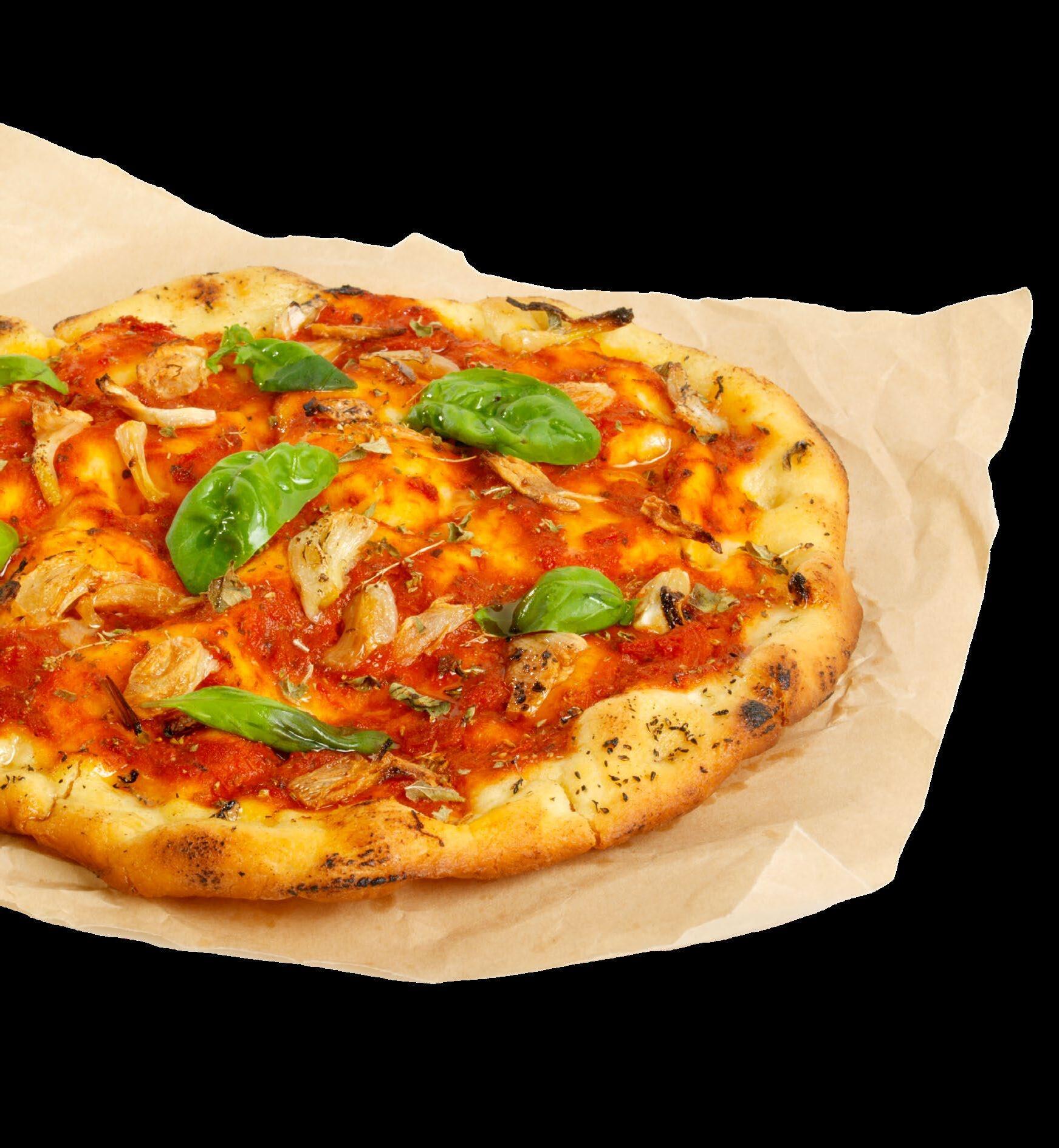
› Radnor Hills has just bought a new production site near Swansea following the major expansion of its Powys site earlier this year.
Many food and beverage companies are also protecting their margins by maintaining record-level prices despite inflation now falling. Instead of cutting prices as ingredient costs ease, brands and retailers are seizing the opportunity to promote their budgetfriendly ranges—for example, many supermarkets are adding more value range items to express stores.
As we just mentioned, food and beverage organisations are softening the impact of high overheads by passing price increases onto consumers—and the further down the supply chain we travel, the easier it becomes to pass costs onto the consumer.
90% of food manufacturers anticipate higher year on year revenue in 2023, compared to 79% of distributors and 76% of processors.

As confidence builds within the supply chain, most food companies will start 2024 in a growth mindset. Market conditions are challenging but they’re preparing to meet that challenge head-on.
It’s a “survival of the fittest” situation for food and beverage companies, who must adapt to market conditions or risk stagnation.
How can they adapt? Some other key trends we’ve identified through our research provide the solution…
Automation is no longer an aspiration in the food industry; it’s operational normality. 93% of the companies Aptean surveyed are in the process of digital transformation (using technology to improve operations and replace manual processes), with almost one in five having completed digitisation projects and realised the benefits.
These figures alone are unsurprising, as technology adoption has been on an upward trajectory for several years. What’s interesting is the impact that digital transformation is having on business revenue and profitability.
Our survey found food processors, manufacturers and distributors using technology to automate tasks and processes experienced 1.8 percentage point higher revenue growth in the most recent full trading year than companies relying on manual operations.
Certain solutions can deliver significantly higher profitability compared to firms still using manual processors. For example, organisations using electronic data interchange (EDI) software anticipate 30% higher profit growth in 2022/23 and those using product lifecycle management (PLM) software predict 35% higher profits.
Enterprise alcoholic drinks manufacturer
CRM, SCM and EAM systems are the most popular technologies adopted to date. This makes sense when you consider the importance of secure relationships, a responsive supply chain and reliable equipment to organisational resilience.
Enterprise soft drinks manufacturer
“Automation
Small agricultural producer
With many food companies in the advanced stages of digital transformation, 2024’s automation priorities will focus on both end-to-end enhancements through ERP software and cost-optimisation of niche areas. For example, top technology priorities for 2024 include shipping software and automating warehouse management tasks using a WMS system.
Continued investment in EAM and OEE software will also prove pivotal in the next 12 months, as one in four manufacturers list moving from a reactive to a predictive maintenance model as one of their top three goals for 2024.
What food and beverage companies told us about automation:
“Automation improves efficiency, productivity and quality in our organisation, as well as allowing us to grow revenue.”
“It makes it cheaper to run our business while opening up new job opportunities in more skilled areas.”
boosts output, productivity, material efficiency, product quality, safety, labour and manufacturing lead times.”
In addition to improving operational efficiency, many food and beverage companies are using digital transformation to address workforce challenges.
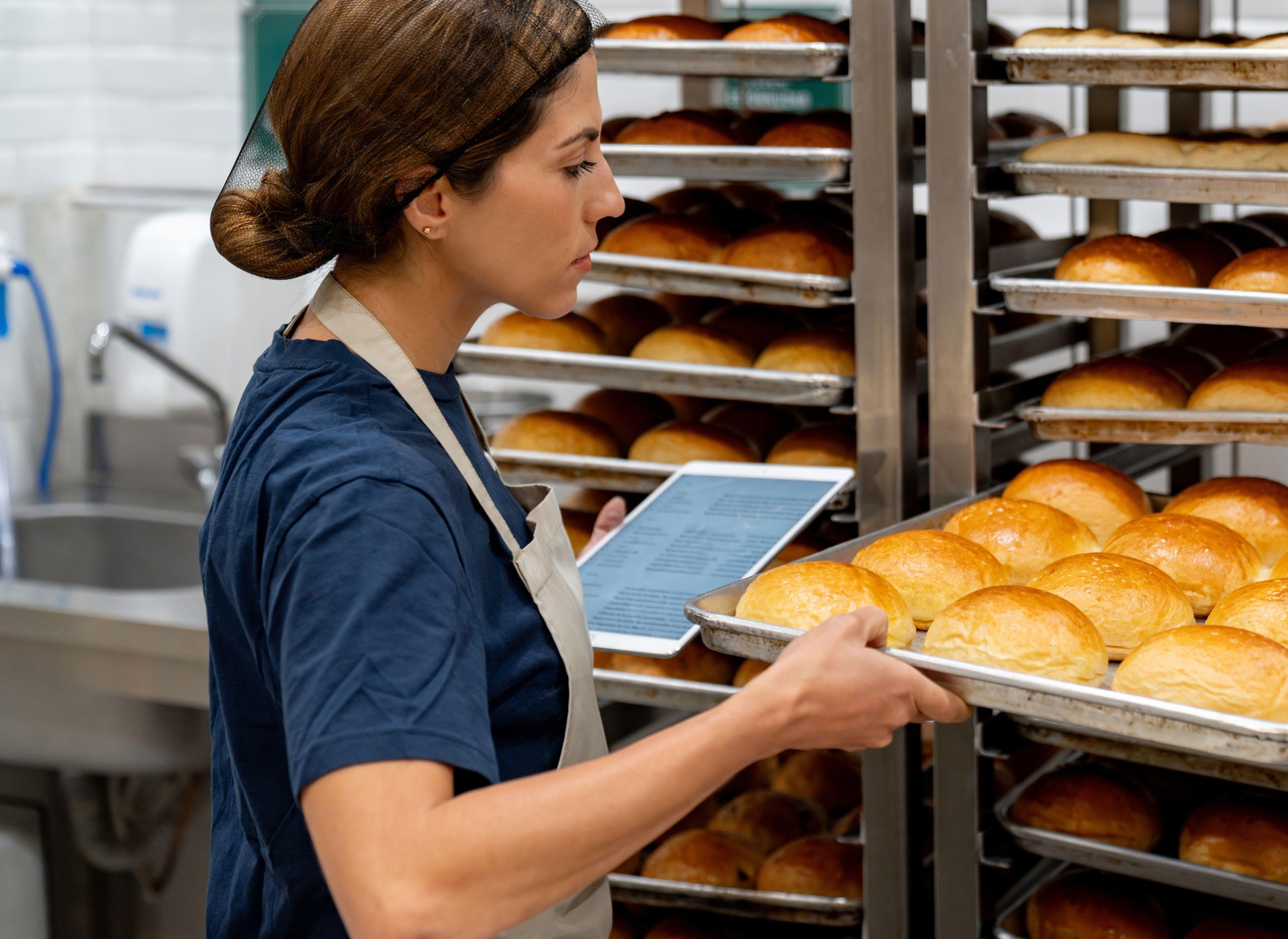
The pandemic prompted many experienced food industry professionals to retire, and 23% of food and beverage companies say lack of skills and knowledge are a concern for their business. 54% have already upskilled or reskilled their current workforce to mitigate current recruitment challenges.
For organisations bringing new talent into their business, younger recruits have different expectations of the workplace. Digital fluency is very important to this generation of employees, which is creating a strong business case for automation and analytics.
The generational "changing of the guard" that will continue in 2024 gives food and beverage brands the opportunity to assess what they want from their future workforce and align it with their digital transformation strategy. For example:
› Establishing which roles and tasks require human input versus which can be automated
› Auditing the skills of existing employees and identifying any gaps that need filling
› Understanding employee expectations on workplace setup and the tools they will need to do their job effectively
However, many companies will need to replace outdated or siloed technology to become a data-driven organisation.
The economic impact of automation is even more pronounced when we compare companies using industryfocused software with those using horizontal solutions.
Aptean’s research found that, in the most recent complete financial year (2021-22), industry-focused technologies delivered 20% higher revenue growth than horizontal software and 15% more than in-house solutions.
Cloud adoption is also accelerating automation, as there has been a significant increase in the number of companies investing in cloud-based solutions over the past 12 months.
For example: in 2021, only 7% of food and beverage organisations had moved to a cloud ERP system. In 2023, this figure has risen to 25%. Meanwhile the number of companies with no cloud migration plans has fallen from 62% to 14% over the same time period.
Food processors, manufacturers and distributors already using cloud ERP software experienced higher revenue growth in 2021-22, and they also anticipate greater revenue and profit growth in 2023.
While external obstacles such as inflation, high energy costs and material price increases can’t be eliminated, food and beverage companies can offset their impact by streamlining production methods and improving operational efficiency.

This is demonstrated by the fact that 2024’s planned technology investments focus on easier data exchange, improving equipment reliability and optimising underresourced areas such as order shipment and distribution.
More importantly, the direct correlation between digital maturity and financial performance shows that food and beverage organisations who invest tactically in technology can:
› Use automation to accelerate business growth
› Generate rapid ROI on their investments
Aptean’s research demonstrated that automation isn’t just a means of driving revenue; it’s a key driver of profitability. And with 53% of companies planning to automate more tasks over the next 12 months, those who don’t push ahead with their digital transformation strategy risk falling behind the market leaders.
To drive growth in a challenging market, food and beverage companies need to focus their 2024 digital transformation strategy on technologies that will help them to increase efficiency and lower production costs.
Tactical investments will drive quicker ROI and ensure internal improvements offset external cost increases. And organisations that delay these investments risk generating less revenue than the market leaders.
Learn More
While automation provides endless opportunities to optimise individual processes, Aptean’s research also found that food and beverage companies want to explore the holistic benefits of digital transformation in 2024.
The use of digital systems in food processing, manufacturing and distribution is generating more data than ever, and industry leaders want to harness that information to make smarter decisions, faster. Yet 35% currently find it difficult to quickly obtain and analyse data on business performance and efficiency.
Increasing visibility, accuracy and rapid access to business data is a top-three business goal for food and beverage companies over the next three years. A third of respondents plan to invest in business intelligence (BI) tools to facilitate change.
In addition to improving operational decision-making, investing in BI tools will help food and beverage firms to keep up with constantly changing consumer preferences: something that 29% of organisations identified as one of their biggest current challenges. Those companies already using industry-specific BI software experienced an average 11.8% revenue growth in the last full trading year.
What food and beverage companies told us about data analytics:
“We want data analysis and prediction to guide business decisions and strategic planning.”
Midsize coffee and tea distributor
“We want to implement a more data driven approach.”
Enterprise soft drinks manufacturer
“The use of artificial intelligence can give us the ability to manage more data and improve work efficiency.”
Midsize animal food processor
Appetite for actionable insight is also driving AI adoption, with a third of food and beverage organisations already implementing or using artificial intelligence.
Data analytics and decision-making is fundamental to this investment, with one in five companies stating this as their main reason for exploring AI. Initial use cases among the firms that Aptean surveyed include:
› Automating repetitive and rule-based tasks
› Customising products and services based on customers’ preferences and history
While AI adoption is still in its early stages, there’s already an interesting correlation between investment in this area and financial performance. Food and beverage companies using artificial intelligence generated higher revenue and profits in the last full trading year.
One in five food and beverage companies are investing in AI to improve their data analytics and decision-making capabilities.
Leveraging the advantages gained by using BI and AI will empower food and beverage companies to navigate challenging trading conditions with greater efficiency and progress their business growth plans.
The challenge that food processors, manufacturers and distributors face is building a technology stack that can generate holistic insights. One in four companies admit that complex system integration is a barrier to growth, and we may see an increase in the number of organisations seeking single-vendor solutions to make this process simpler.
AI adoption will further accelerate food firms’ access to actionable insights over the next 12 months. In fact, we’re already seeing brands at the cutting-edge use artificial intelligence to innovate faster. For example:
› Unilever is using AI to work smarter in new product development; AI was central to the development of its Knorr zero salt stock cube.
› HELL energy drinks created an entire new flavour using artificial intelligence and even used AI to design its packaging.
› Nestlé is working with AI technology company Nuritas to find bioactive peptides in food that will help with conditions including diabetes and support animal and plant health.
Organisations that can identify clear use cases for artificial intelligence can gain the edge on their competition, as 35% of companies that expressed an interest in AI admit they have no clear plans how to use it yet.
Food and beverage brands need to review their existing technology stack (and planned investments) to ensure that all their solutions will integrate. Moving to a single-vendor partnership may solve this challenge.
Processors, manufacturers and distributors also need to establish clear goals for the use of BI and AI tools to ensure that investment in analytics and predictive capabilities drive business growth.

2023 was another disrupted year for supply chain logistics, with labour and skills shortages, geopolitical conflicts and extreme weather conditions impacting the global flow of goods.
Improving supply chain resilience to manage these disruptions is the No. 2 goal for food companies in 2024 (after improving access to business data), with large enterprises most concerned about strengthening their supplier network.
“Our goal for the next 12 months is to keep afloat amid supply chain issues.”
Midsize meat manufacturer
How are they planning to achieve this? The most-explored tactic to date has been using technology to enhance supply chain visibility, with 62% of organisations doing so over the past 12 months. This makes sense, given three in 10 companies told Aptean that supply chain visibility was a core problem in last year’s survey.
Looking ahead, food and beverage companies want to use this increased visibility to increase supply strength throughout 2024. 40% plan to improve traceability over the next 12 months, while 36% want to use their supply chain data to improve contingency planning and better predict demand.
“We want to improve transport efficiency and inventory management accuracy with intelligent logistics and supply chain management systems.”
Small coffee and tea processor
“We want to come to quicker decisions for inventory management.”
Midsize fruit and vegetable distributor
62% of food companies have used technology to enhance their supply chain in the past 12 months.
What food and beverage companies told us about their supply chain:
Use technology to drive supply chain visibility

Streamline the supplier onboarding process
Increase quality checks
Improve production scheduling to make smarter use of available inventory
Create / improve supply chain contingency plan
Improve forecasting capabilities to better predict demand
Build up inventory
Increase use of local suppliers
Increase in manufacturing own products
Spread orders across a wider number of suppliers
Use different materials / components
Add new suppliers to portfolio
Improve traceability
Increase use of overseas suppliers
Currently doing / implementing Not currently doing / implementing, but planning to in the next 12 months Not planning to do in the next 12 months
In addition to improving supply chain resilience, investing in traceability will help organisations to enhance food safety over the next 12 months. In fact, 34% have already seen food safety KPI improvements as a result of digital transformation.
Supply chain disruptions will continue to impact the food industry in 2024 (and beyond), and food and beverage companies recognise the only way to minimise their effect is to proactively mitigate risk.
Automation will play a pivotal role in improving supply chain logistics over the next 12 months, as just under a third of food processors, manufacturers and distributors admit their supply chain management processes are still almost or completely manual.
Food and beverage companies need to analyse their end-to-end supply chain capabilities to identify how they can improve ingredient availability, quality control and build stronger, more reliable vendor relationships. Automating the supply chain will prove key to increasing resilience.

Managing production processes and volumes
Ensuring compliance with standards and regulations
Managing machinery performance and servicing
Analyzing and managing profit margin
Managing supply chain and suppliers
Managing employee skills, staff retention and talent acquisition
Tracing product components / ingredients
Creating bill of materials / calculating formula or recipe
Quoting and estimating
Completely manual
Mostly manual
Partly manual, partly automated
Mostly automated
Completely automated
Environmental impact is a major talking point in the food industry, so it’s no surprise that 85% of the UK and Ireland food processors, manufacturers and distributors Aptean surveyed are making a significant effort to become more sustainable. This is a huge upswing on last year’s findings, when 40% said sustainability was a priority for their business.
Many large organisations have already set ambitious sustainability goals. For example, Danone, Mars, Nestle, General Mills and Mondelez International are all targeting Net Zero emissions by 2050.

Efficiency improvements (reduce waste / operational costs / energy expenditures, etc.) Reduce business / operational risk (adverse event, economic / consumer uncertainty, etc.)
Health and safety (reduced pollutant exposure, improved air quality, etc.)
Part of the corporate image / is a differentiating factor for the brand Achieve a competitive advantage (new markets / commercial opportunities, etc.)
Experienced Higher Growth
What’s interesting is the motivation behind many companies’ investment in sustainability. The top reason for introducing eco-initiatives is not social responsibility or brand ethics; it’s a desire to become more efficient and reduce operational risk. In short, sustainability makes commercial sense.
The data from our survey also suggests that sustainability projects are already delivering economic improvements. Food and beverage companies that prioritised sustainability in the last full financial year experienced significantly higher revenue and profit growth than those that dedicated fewer resources to environmental programmes.
Developing a robust sustainability strategy makes both commercial and environmental sense, as food and beverage firms have an opportunity to cut business costs and reduce their carbon footprint through a single programme. There are already examples of brands that have used sustainable techniques to reduce operational overhead. For example:
› AB InBev’s sustainability programme has delivered a 14.3% improvement in water efficiency since 2017.
› Danone has reduced its energy usage by 46% in the past two decades and is planning to become 30% more energy efficient by 2025.
› Nestle Waters has saved $62 million a year since 2009 by redesigning its bottle with 25% less plastic. The company purchases 95 million pounds less PET resin a year and has lowered distribution costs by carrying lighter bottles.
Sustainability is also supporting product innovation. For example:
› Ben & Jerry’s is reformulating its ice creams to be stored at a higher temperature, making products more appealing to grocery and convenience stores looking to reduce their energy bills.
› A slew of new brands that convert food waste into viable products have appeared on the market, from beverages like Toast Ale and Dash Water to foods like Rubies in the Rubble condiments and ChicP dips.

› Agricultural innovations are allowing food companies to explore costeffective sustainable sourcing options, from hydroponic fishing and vertical farming to cell-cultivated meat.

Looking at sustainability through a commercial lens will help food and beverage organisations to drive growth and create a strong business case for further technology investment.
For instance, freight management software is a powerful tool for carbon-optimising delivery routes, as fewer miles travelled means lower emissions. 55% of UK and Ireland food businesses have already invested in freight management software, with a further 37% planning to do so in 2024.
There is also a sustainability business case for investing in PLM software, as streamlined product innovation processes help to get eco-friendlier formulas and packaging choices to market quickly.
Environmental credentials may also help food and beverage companies to grow market share and increase margins at a time when consumers are being selective about spending their money. Even in a difficult climate, 65% of UK shoppers are willing to pay more for sustainable products.
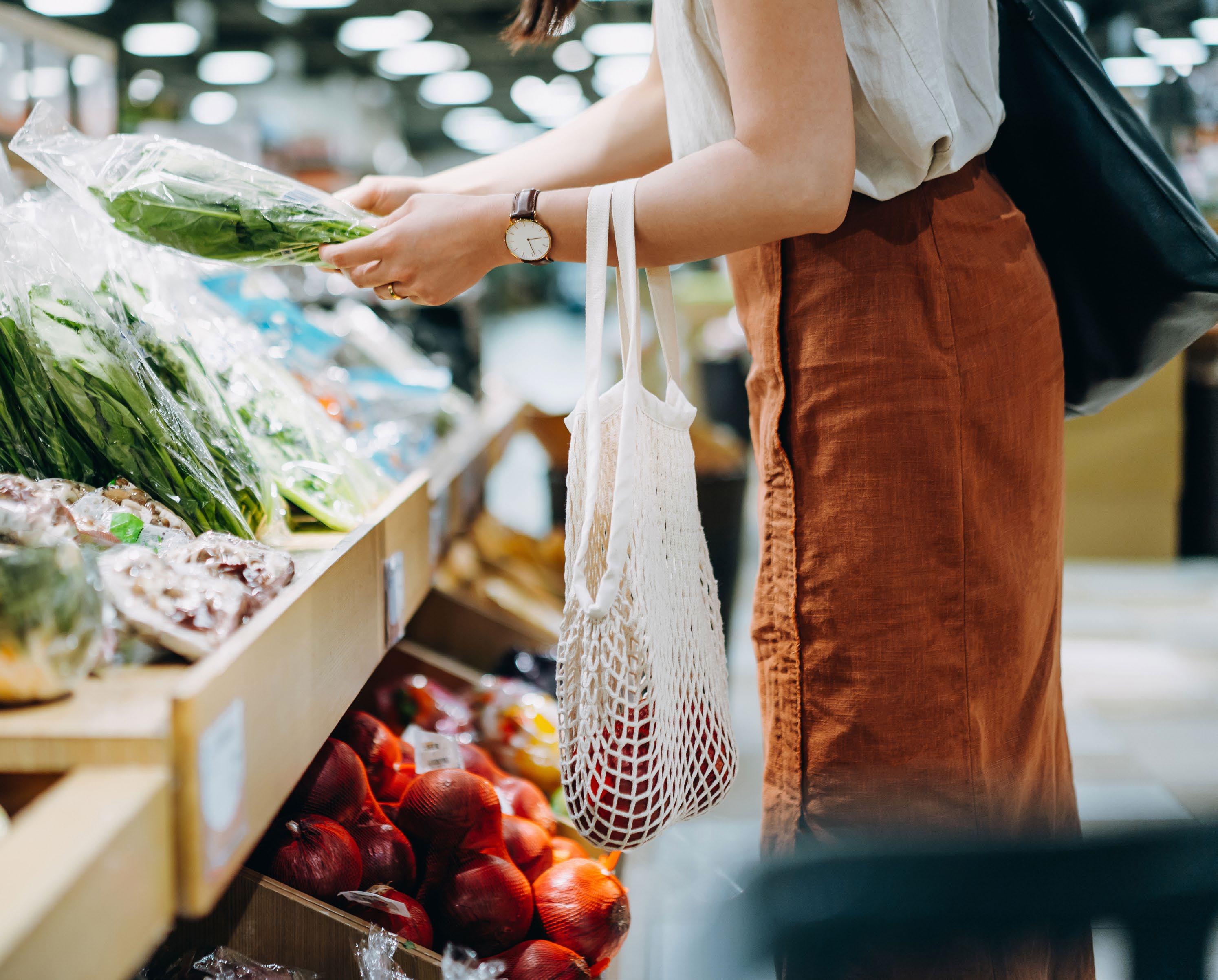
Aligning environmental programmes and strategic business objectives will give food and beverage companies an opportunity to invest in technologies that drive sustainable growth. There are untapped opportunities to become sustainable that brands aren’t currently prioritising like repurposing; recycling and upcycling; and reducing waste and spoilage across the supply chain.
Approaching sustainability and profitability as two sides of the same coin will also help to win the hearts and minds of both internal stakeholders driven by bottom line figures, and consumers who want to buy from brands that share their environmental values.
Whichever trend resonates most with your organisation, the fundamental findings from Aptean’s research are clear. Digital transformation plays a pivotal role in enabling food and beverage processors, manufacturers and distributors to make tangible improvements to deliver on their growth strategies.
Food and beverage leaders understand the role of digital transformation in driving cost efficiencies, improving production and increasing operational resilience. 2024’s challenge is to find the best-fit technologies to achieve these goals created by expert partners.
For many organisations, 2024 will be a year for refining their technology stack; embracing cloud-based solutions that can integrate to run a seamless operation and produce valuable data insights.
We’ve developed an industry-specific software suite on a fully web-based platform with modern easy-to-learn interfaces, giving your business the flexibility to satisfy your customers’ unique and evolving needs.
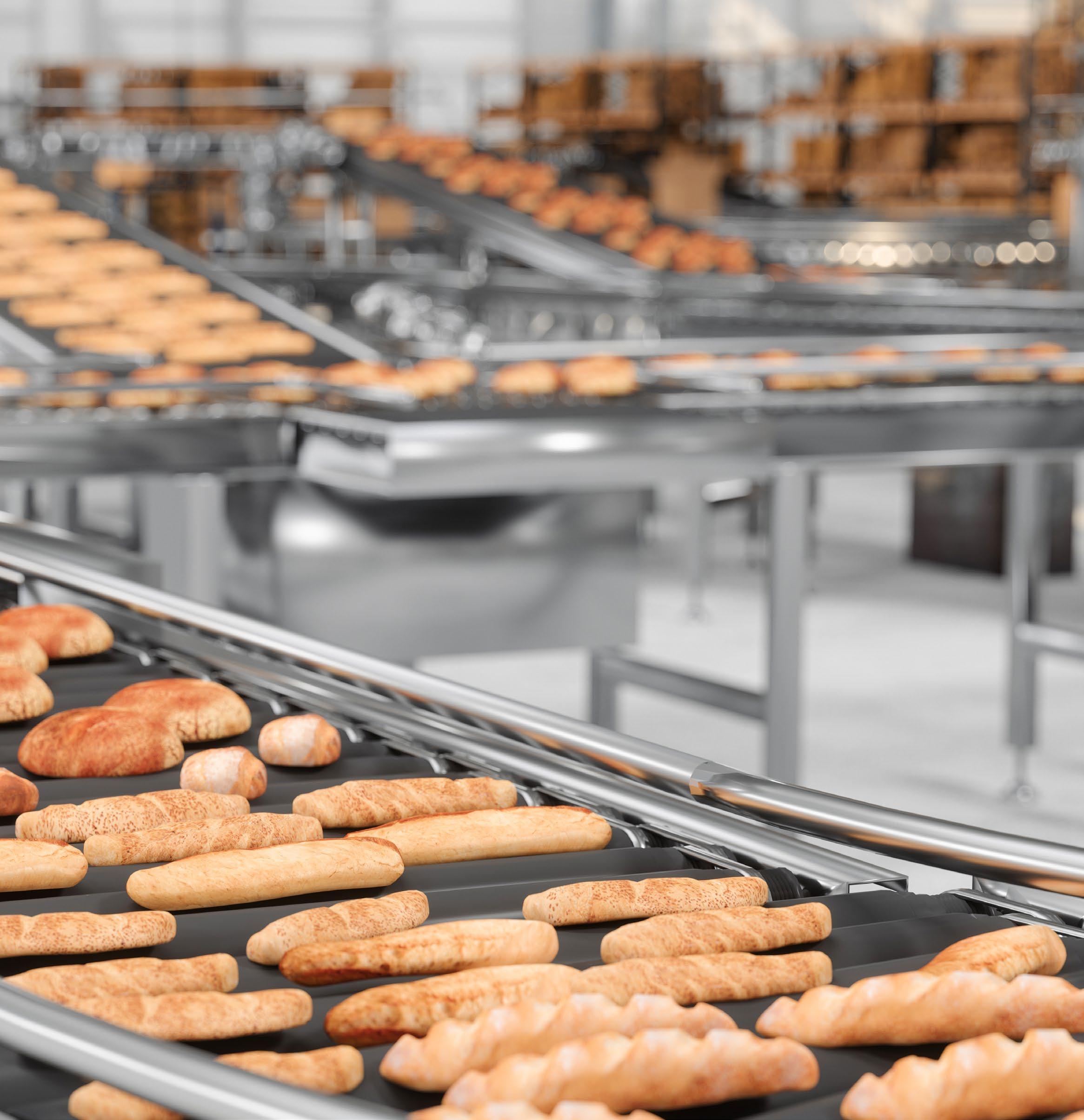
Read Bearfields of London’s Full Story
As a single-provider partner, Aptean can implement complementary solutions to drive digital transformation without increasing technical complexity. Just ask our customers:
“All of our technical and QA procedures are [now] paperless, and we have real-time visibility on checks, non-conformances, corrective actions and more. Transparency, streamlining operations, working leaner and smarter - these are the biggest benefits we’ve realised with Aptean.”
Neil Edwards, Operations Director, Bearfields of London
“Now, with Aptean’s Food & Beverage ERP digital QA and traceability, we can pull off audit data reports in a few minutes. We have access to a greater level of detail and information, available in real time, so our staff spend less time validating and checking data integrity. This means we can spend more time on managing the business and making informed ‘inthe-moment’ decisions.”
Tariq Habib, Interim Programme Manager, Finnebrogue Artisan
Read Finnebrogue Artisan’s Full Story
Read Seachill’s Full Story


“100% traceability is essential in order to meet requirements set by retailers, the government and our affiliations to best practice schemes. The [Aptean Food & Beverage MES] touchscreen technology is easy to use and takes less than 10 minutes to train operating staff. This minimises disruption and increases efficiency, which is vital to the productivity of any business.”
Angela Simpson, Technical Systems Manager, Seachill

Aptean is one of the world’s leading providers of purpose-built, industry-specific software that helps manufacturers and distributors effectively run and grow their businesses.
Our cloud-based Food & Beverage ERP solution has been named a ‘Major Player’ in Two Separate IDC MarketScape Reports for Worldwide SaaS and cloud-enabled ERP applications.
Aptean’s products, services and unmatched expertise help businesses of all sizes to be Ready for What’s Next, Now®.
Aptean is headquartered in Alpharetta, Georgia and has offices in North America, Europe and Asia-Pacific.
To learn more about Aptean and the markets we serve, visit www.aptean.com.
Copyright © Aptean 2023. All rights reserved.
The
